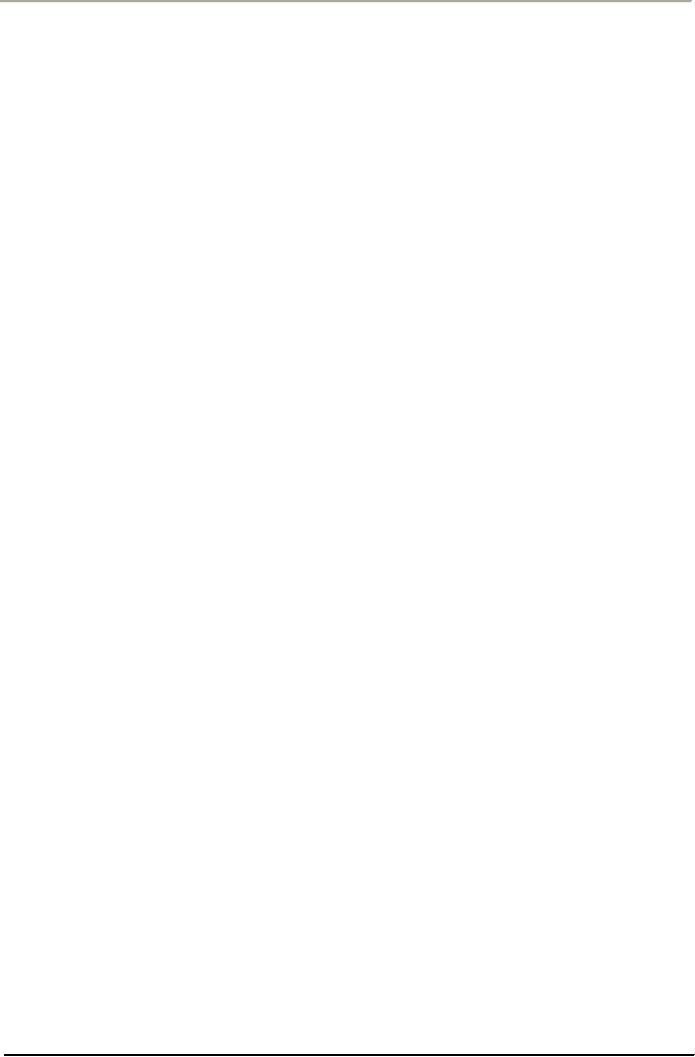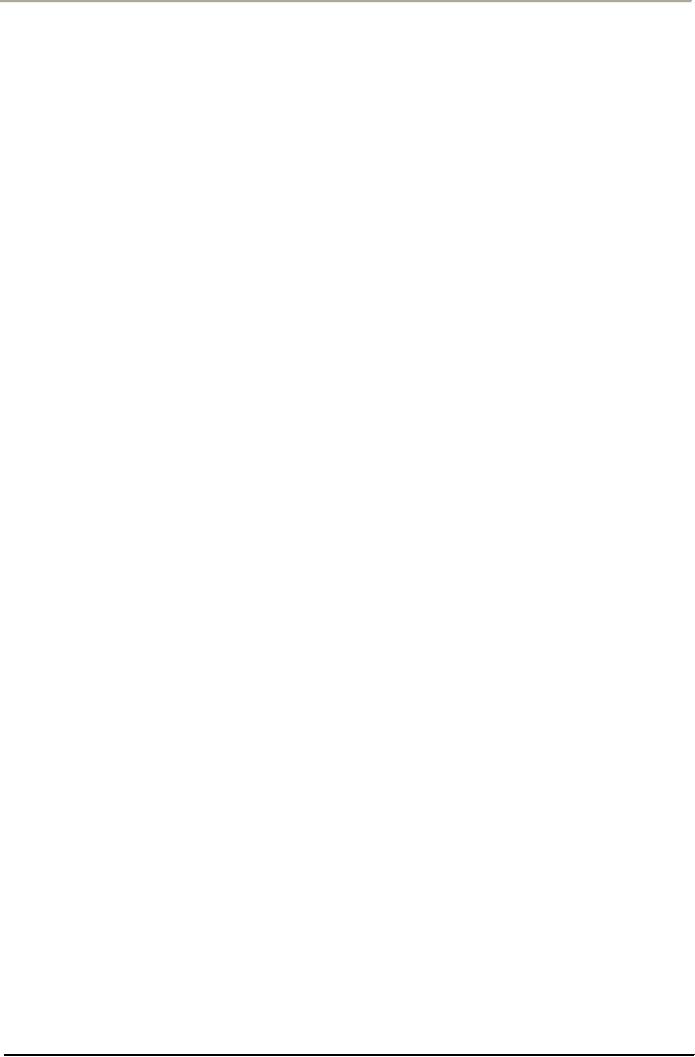 |
STATISTICAL PROCESS CONTROL….CONTD:Control Charts |
| << STATISTICAL PROCESS CONTROL (SPC) FOR CONTINUAL QUALITY IMPROVEMENT |
| BUILDING QUALITY THROUGH SPC:Types of Data, Defining Process Capability >> |

Total
Quality Management
MGT510
VU
Lecture
# 40
STATISTICAL
PROCESS CONTROL....CONTD.
SPC
learning through examples:
Example
# 1 Shooting for
Quality:
Mr.
Khan observed that in basketball
games, his son Ali's
free throw percentage averaged between
45
and
50 percent.
Ali's
process was simple: Go to the
free throw line, bounce the
ball four times, aim, and
shoot.
To
confirm these observations, Ali shot
five sets of 10 free throws
with an average of 42 percent,
showing
little variation among the five
sets.
Mr.
Khan developed a Cause-and-Effect Diagram
to identify the principal
cause/s.
After
analyzing the diagram and
observing his son's process, he
believed that the main cause
was not
standing
in the same place on the free-throw line
every time and having an inconsistent
focal point.
They
developed a new process in
which Ali stood at the centre of the line
and focused on the middle
of
the
front part of the rim. The
new process resulted in a 36 percent
improvement in practice.
Toward
the end of the 2004 season, he improved
his average to 69 percent in the last three
games.
During
the 2005 season, Ali averaged 60
percent.
A
control chart showed that the
process was quite
stable.
In
the end of 2005, Ali attended a basketball
camp where he was advised to change
his shooting
technique.
This process reduced his
shooting percentage during the
2006 season to 50 percent.
However,
his father helped him to
reinstall his old process,
and his percentage returned to
its former
level,
also improving his
confidence SP charting followed by
drawing a fishbone helped to
find the
special
cause of variation and corrected it
improved the performance and hence making
playing process
under
control limits.
Variation
in the Outputs is a function of the variation in the
Inputs
Y
= f
(X)
This
idea provides some initial
guidance for breaking down and
understanding sources of
variation.
Changes
in desired characteristics of the output
are a direct result of
changes or variation within
inputs
to
that process. If there are
inherent flaws or shortcomings within the
process, they will result
in
variation
in the outputs of the process. We examine
all variation within the
important input
parameters
in
order to determine which
factor plays the greatest
role on variation within the
output.
There
is a distinct difference between the
inherent failures of the system
which are random. We
will
describe
these as common cause based on the
fact that we can predict the
general area of the outcomes.
However,
these types of errors are
very different than special
cause problems which we can
tie into
specific
events of conditions. These errors
are special cause problems.
Variation
in Product (Y) = Function of Process
(X) or (Variation in
Process)
Y
= f
(X)
How
do we find Variation?
Typically
we collect data and use
basic TQ tools to view
it:
Run
chart
Histogram
Pareto
...................OR
We
can also summarize this data
using more advanced statistical
methods:
Averages
of smaller groups
Ranges,
or dispersions, within these groups .......
and
By
combining summary statistics
like averages and ranges
with Run Charts to create
a
very
powerful tool
-----
164

Total
Quality Management
MGT510
VU
Control
Charts
Control
charts examine information and
data typically already
collected as a metric or measurement
of
process
output. We will examine
averages and the differences in groups
over a period of time in
order
to
determine what is normal,
what is expected, and what is
predictable.
Here
are some questions that
might start the process: How
do we currently analyze the problem
area?
Could
we make more effective use of
control charts to learn
about the process by looking at the
same
information?
Can we make the same pieces
of data tell us more about the
problem than they
currently
do?
In short, are we getting our
money's worth out of our
current analysis?
We
are motivated to improve the outputs of
the process. The big Y's
However, we know that
variation
in
the outputs is a function of the variation in the
inputs. As a result, we are
draw to focus on these
outputs.
This often causes us to concentrate
solely on the changes in the outputs
without looking at the
changes
in the inputs and "adjusting" the process
to manipulate the output instead of
making real
improvements.
We concentrate primarily on the goals and not on
how the system can truly
perform. If
we
instead examine where we expect to perform and
driven changes to support where we want
the
process
to develop, the end result is improvement
in the output.
When
currently measure our
process performance according to some
standard. How will we
quantify
improvement?
How will we know when we
are done? Are we operating
within our normally
expected
process
limits? How do these relate
to our specification limits?
How do we measure the voice of
the
customer
compared to the voice of the process?
These are important questions to
ask and answer.
Special
vs. Common
Causes:
There
are distinct differences between actions
designed to eliminate special
cause and common
cause
variation:
Special
cause action eliminates a
specific isolated event;
does not involve a
major
process
change
Common
cause action makes a change
in the process that results in a
measurable
change
in the normal process performance
Common
cause variation is inherent to the
system. It is the normal variation
built into the
process.
There
is a distinct difference between the
inherent failures of the system
and those caused by
specific
assignable
events. We will describe
these as common cause based on the
fact that we can predict
the
general
area of the outcomes. However,
these types of errors are
very different than special
cause
problems
which we can tie into
specific assignable events.
These errors are special
cause problems.
Common
cause variation is inherent to the
system. It is the normal variation
built into the
process.
There
is a distinct difference between the
inherent failures of the system
and those caused by
specific
assignable
events. We will describe
these as common cause based on the
fact that we can predict
the
general
area of the outcomes. However,
these types of errors are
very different than special
cause
problems
which we can tie into
specific assignable events.
These errors are special
cause problems.
165
Table of Contents:
- OVERVIEW OF QUALITY MANAGEMENT:PROFESSIONAL MANAGERIAL ERA (1950)
- TOTAL QUALITY MANAGEMENT AND TOTAL ORGANIZATION EXCELLENCE:Measurement
- INTEGRATING PEOPLE AND PERFORMANCE THROUGH QUALITY MANAGEMENT
- FUNDAMENTALS OF TOTAL QUALITY AND RATERS VIEW:The Concept of Quality
- TOTAL QUALITY MANAGEMENT AND GLOBAL COMPETITIVE ADVANTAGE:Customer Focus
- TOTAL QUALITY MANAGEMENT AND PLANNING FOR QUALITY AT OFFICE
- LEADERS IN QUALITY REVOLUTION AND DEFINING FOR QUALITY:User-Based
- TAGUCHI LOSS FUNCTION AND QUALITY MANAGEMENT
- WTO, SHIFTING FOCUS OF CORPORATE CULTURE AND ORGANIZATIONAL MODEL OF MANAGEMENT
- HISTORY OF QUALITY MANAGEMENT PARADIGMS
- DEFINING QUALITY, QUALITY MANAGEMENT AND LINKS WITH PROFITABILITY
- LEARNING ABOUT QUALITY AND APPROACHES FROM QUALITY PHILOSOPHIES
- TOTAL QUALITY MANAGEMENT THEORIES EDWARD DEMING’S SYSTEM OF PROFOUND KNOWLEDGE
- DEMING’S PHILOSOPHY AND 14 POINTS FOR MANAGEMENT:The cost of quality
- DEMING CYCLE AND QUALITY TRILOGY:Juran’s Three Basic Steps to Progress
- JURAN AND CROSBY ON QUALITY AND QUALITY IS FREE:Quality Planning
- CROSBY’S CONCEPT OF COST OF QUALITY:Cost of Quality Attitude
- COSTS OF QUALITY AND RETURN ON QUALITY:Total Quality Costs
- OVERVIEW OF TOTAL QUALITY APPROACHES:The Future of Quality Management
- BUSINESS EXCELLENCE MODELS:Excellence in all functions
- DESIGNING ORGANIZATIONS FOR QUALITY:Customer focus, Leadership
- DEVELOPING ISO QMS FOR CERTIFICATION:Process approach
- ISO 9001(2000) QMS MANAGEMENT RESPONSIBILITY:Issues to be Considered
- ISO 9001(2000) QMS (CLAUSE # 6) RESOURCES MANAGEMENT:Training and Awareness
- ISO 9001(2000) (CLAUSE # 7) PRODUCT REALIZATION AND CUSTOMER RELATED PROCESSES
- ISO 9001(2000) QMS (CLAUSE # 7) CONTROL OF PRODUCTION AND SERVICES
- ISO 9001(2000) QMS (CLAUSE # 8) MEASUREMENT, ANALYSIS, AND IMPROVEMENT
- QUALITY IN SOFTWARE SECTOR AND MATURITY LEVELS:Structure of CMM
- INSTALLING AN ISO -9001 QM SYSTEM:Implementation, Audit and Registration
- CREATING BUSINESS EXCELLENCE:Elements of a Total Quality Culture
- CREATING QUALITY AT STRATEGIC, TACTICAL AND OPERATIONAL LEVEL
- BIG Q AND SMALL q LEADERSHIP FOR QUALITY:The roles of a Quality Leader
- STRATEGIC PLANNING FOR QUALITY AND ADVANCED QUALITY MANAGEMENT TOOLS
- HOSHIN KANRI AND STRATEGIC POLICY DEPLOYMENT:Senior Management
- QUALITY FUNCTION DEPLOYMENT (QFD) AND OTHER TOOLS FOR IMPLEMENTATION
- BASIC SQC IMPROVEMENT TOOLS:TOTAL QUALITY TOOLS DEFINED
- HOW QUALITY IS IMPLEMENTED? A DIALOGUE WITH A QUALITY MANAGER!
- CAUSE AND EFFECT DIAGRAM AND OTHER TOOLS OF QUALITY:Control Charts
- STATISTICAL PROCESS CONTROL (SPC) FOR CONTINUAL QUALITY IMPROVEMENT
- STATISTICAL PROCESS CONTROL….CONTD:Control Charts
- BUILDING QUALITY THROUGH SPC:Types of Data, Defining Process Capability
- AN INTERVIEW SESSION WITH OFFICERS OF A CMMI LEVEL 5 QUALITY IT PAKISTANI COMPANY
- TEAMWORK CULTURE FOR TQM:Steering Committees, Natural Work Teams
- UNDERSTANDING EMPOWERMENT FOR TQ AND CUSTOMER-SUPPLIER RELATIONSHIP
- CSR, INNOVATION, KNOWLEDGE MANAGEMENT AND INTRODUCING LEARNING ORGANIZATION